
Alexander Diaz Andersson
It’s probably an easy way out to say that the work of Alexander Diaz Andersson is a study in contrasts.
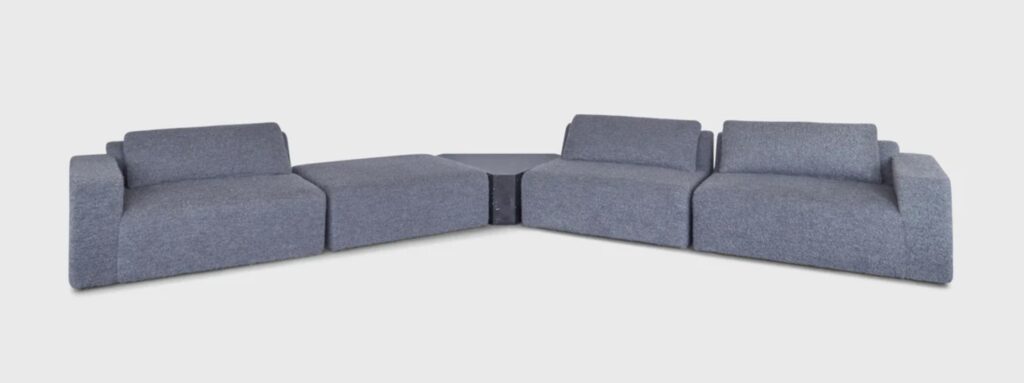
Born in Sweden, educated in Spain, and raised with the influence of both Spanish-American and Scandinavian tradition, Andersson is definitely enigmatic. His work not only reveals overt elements of both cultures, but also the surprising ways in which they complement one another. The S3 Desk below offers the sleek simplicity of Scandinavian design while integrating elements evocative of Mexican folk art. Here, the colors and textures of the Taj Mahal Marble top are complemented by the stained wood lathe of the frame. One could argue that the multi-ethnic influence is present in every element.

Margot is a plush and voluminous pillow of a chair. The revealed rear frame piece might be mistaken for Norwegian wood but it’s actually brushed brass.
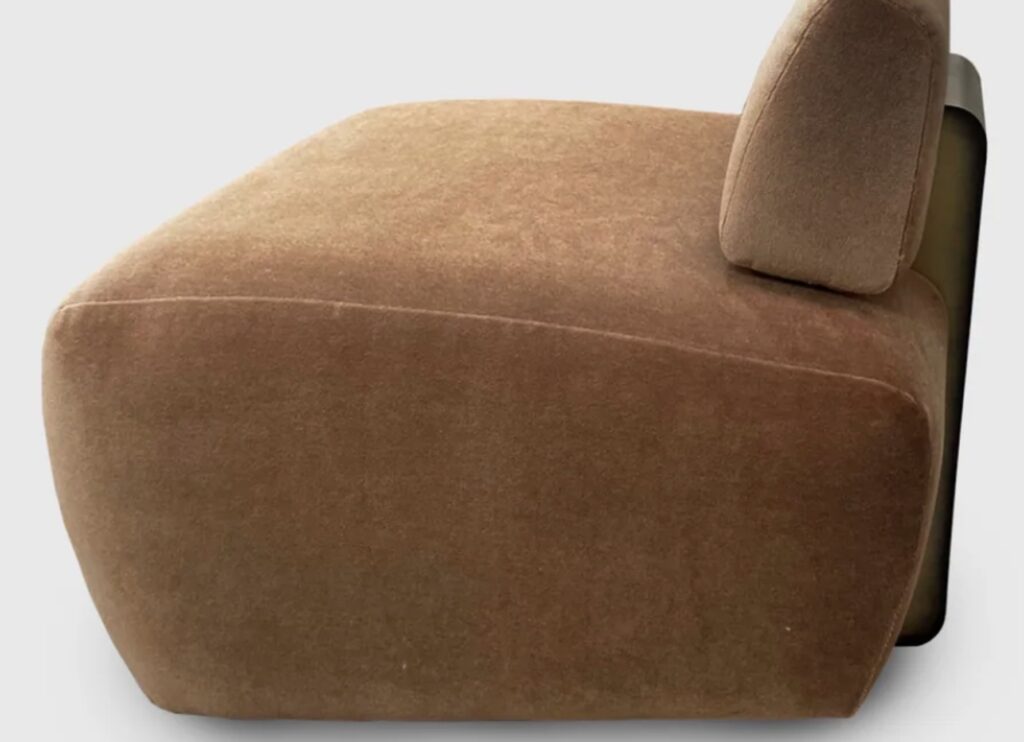
As with much of Andersson’s work, Margot seems to have one foot in the present and one in the past. The lines look contemporary but the materials feel timeless.
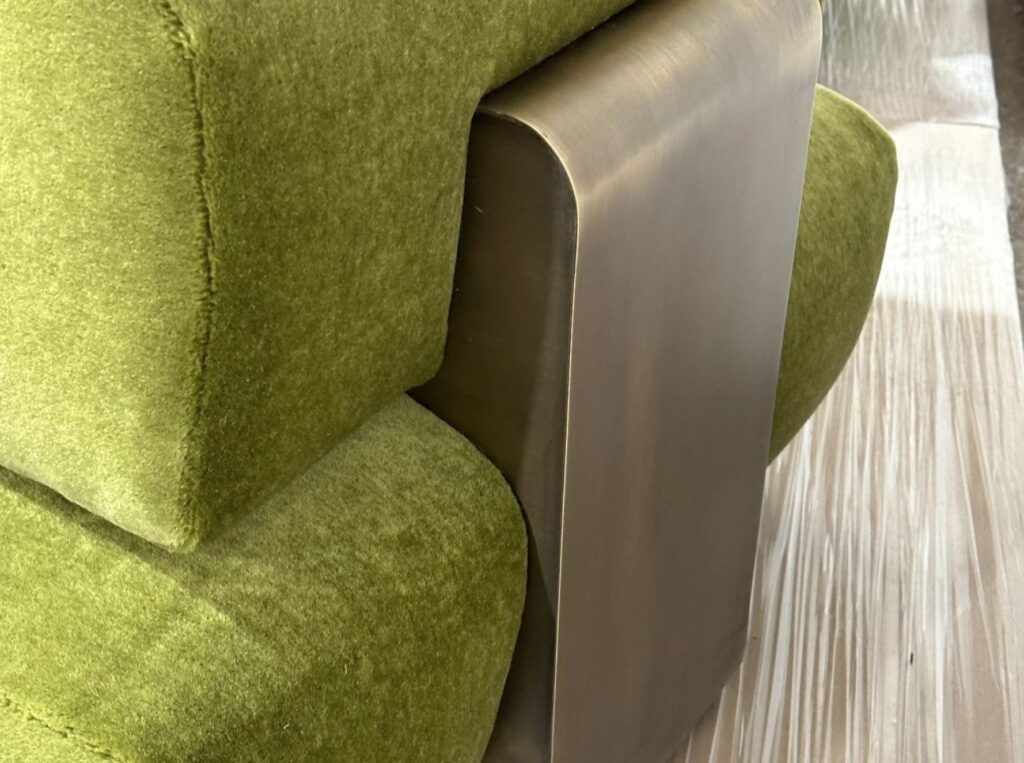
Andersson has said that “his background in design is made of opportunities and encounters.” This is a convenient way to characterize his aesthetic. The Zig-Zag table is a narrative of complementary angles and surprising changes in direction. The massive (yet simultaneously lithe) solid wood top looks as sharp as Occam’s Razor. This table has multiple personalities: it could be airborne like a boomerang or buried to the hilt—like a dagger.
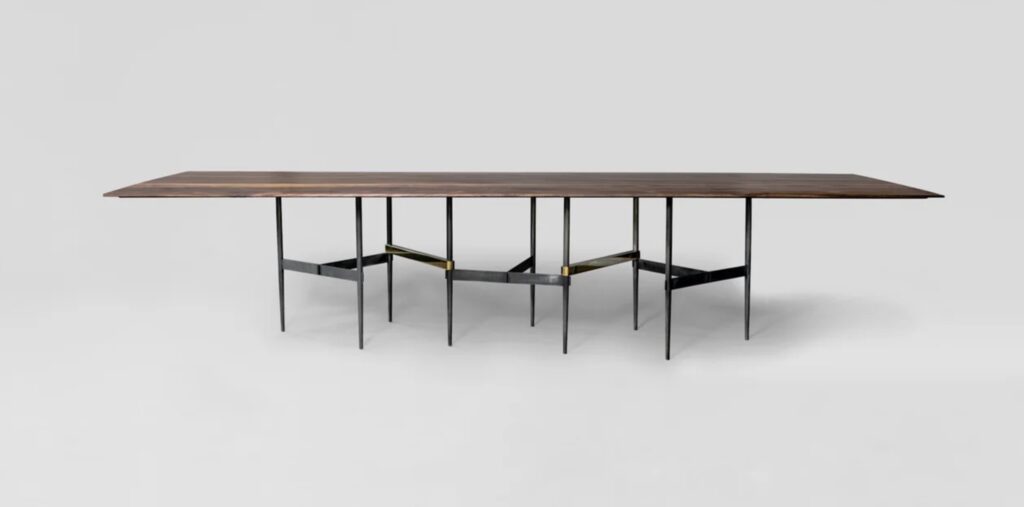
Then there’s the Ala Chair which smacks slightly of Barcelona yet has its very own story and silhouette. Again, the interplay of materials and volumes suggests a melding of cultures.
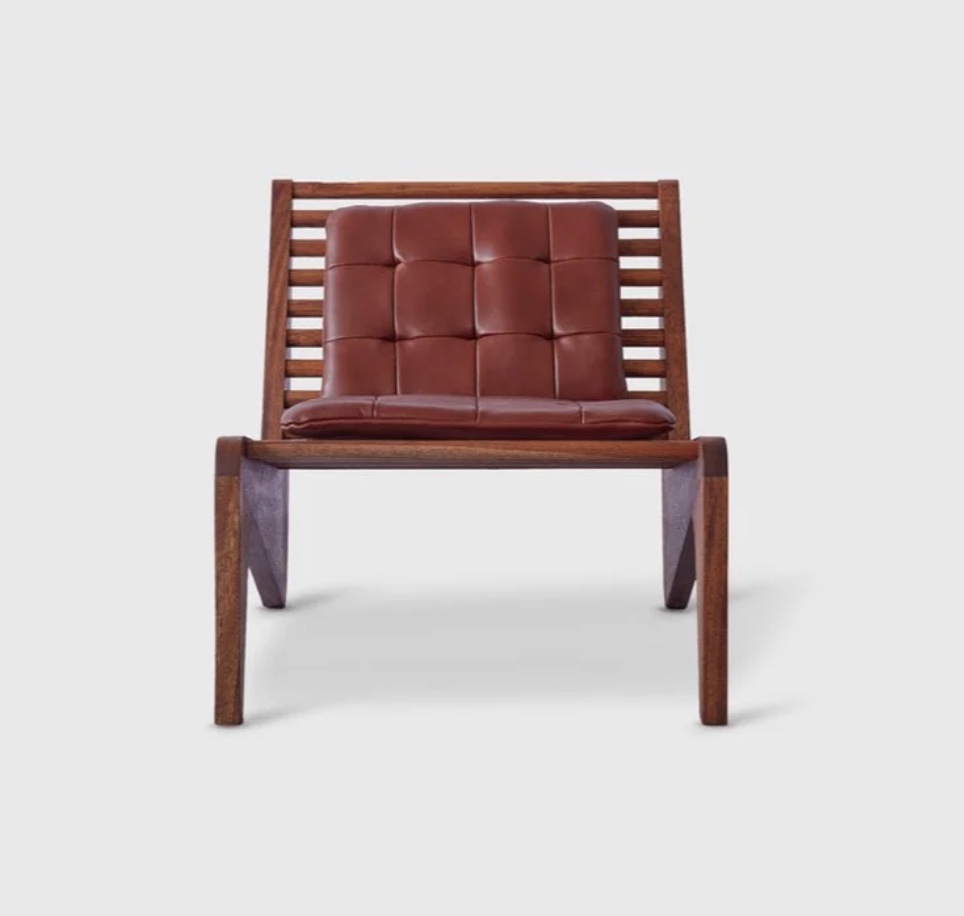
the Zig-Zag shape reappears here in the chair’s side and legs. Is it stretching it to say the form is evocative of the work of Mexican Cubist painter Diego Rivera?

Andersson’s interior design is characterized by a similar eclecticism. The images below are from the Rosewood houses in Southern California—the melding of cultures here is more Mexico meets California Modern.
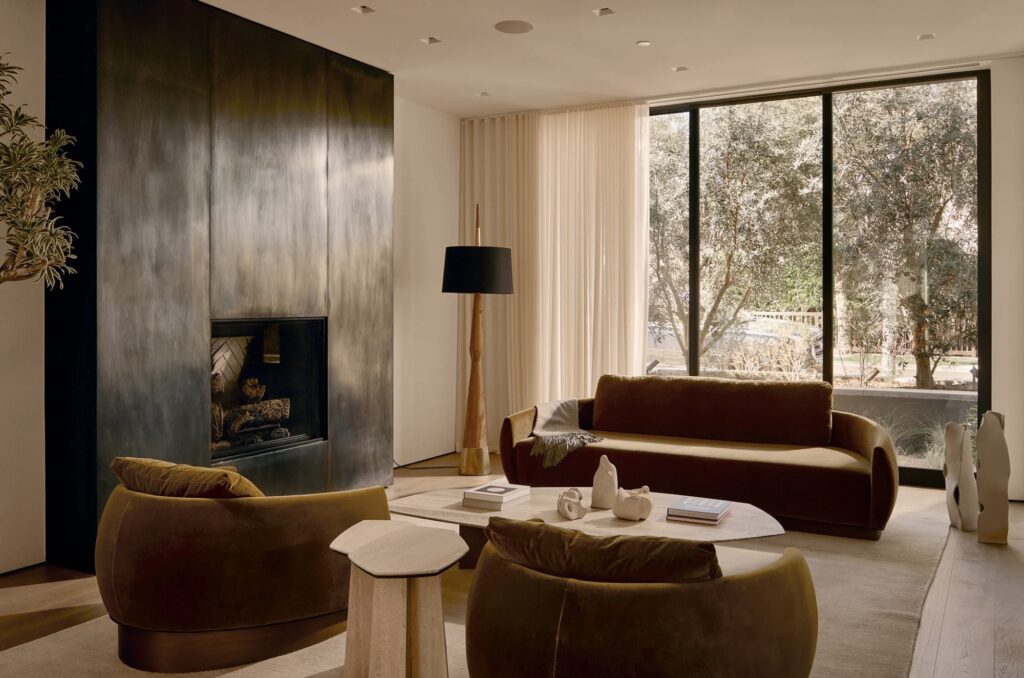
The designer is definitely a fan of brushed brass and sleek fabric—as well as any juxtaposition of smooth, hard edges and plush, pillowy textures
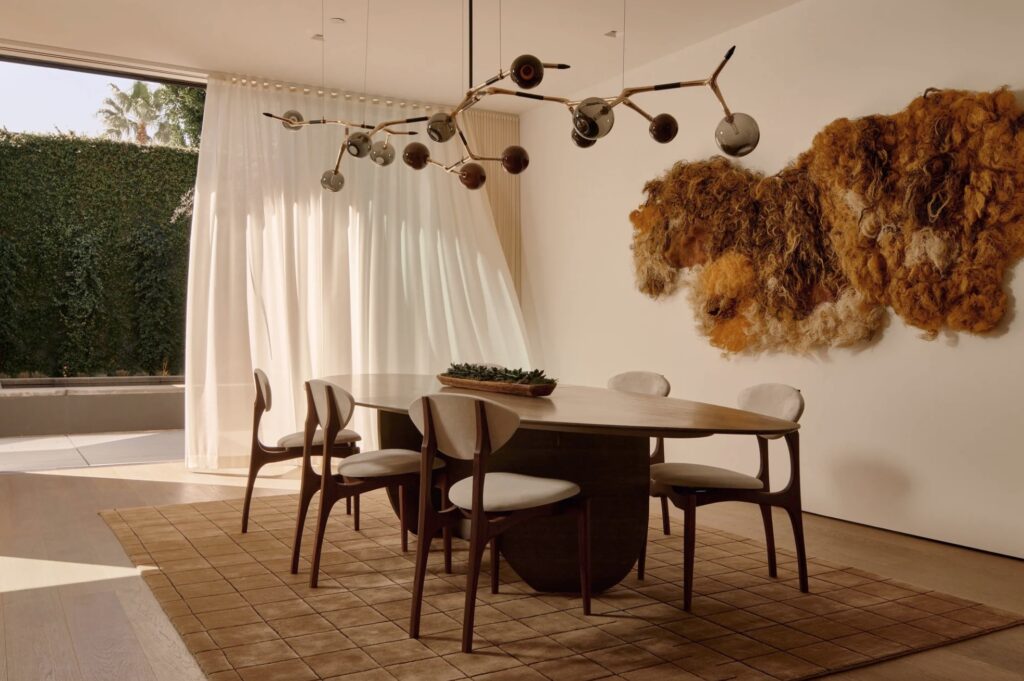
These homes feature art that specifically references Old World Mexico: “a wide range of texture and materials, carved marble, woven wicker, and polished volcanic stone among them. “
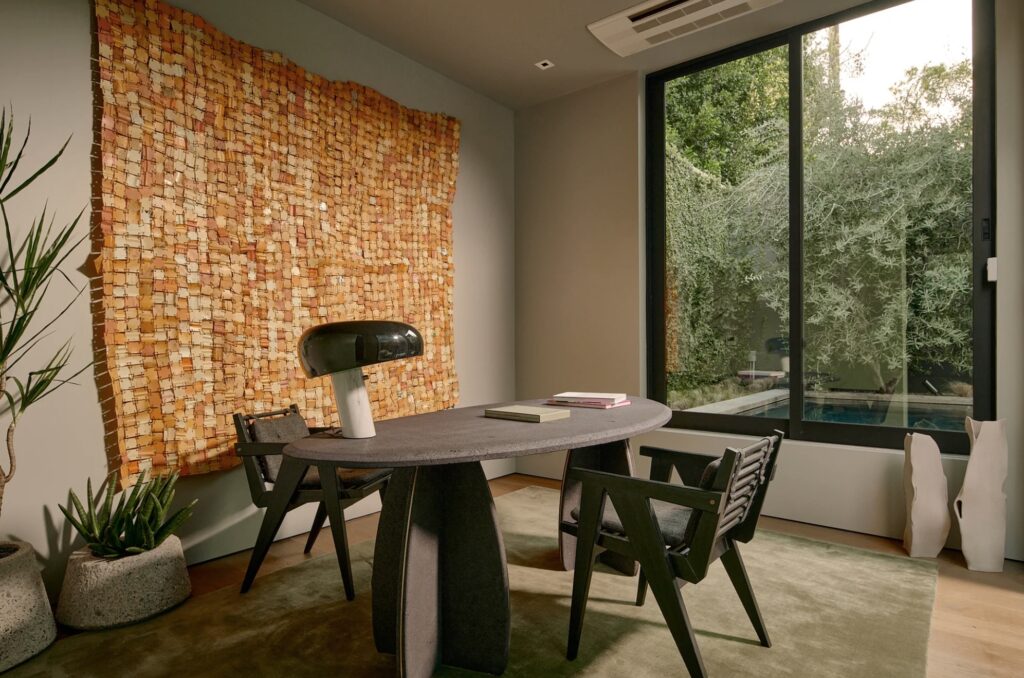
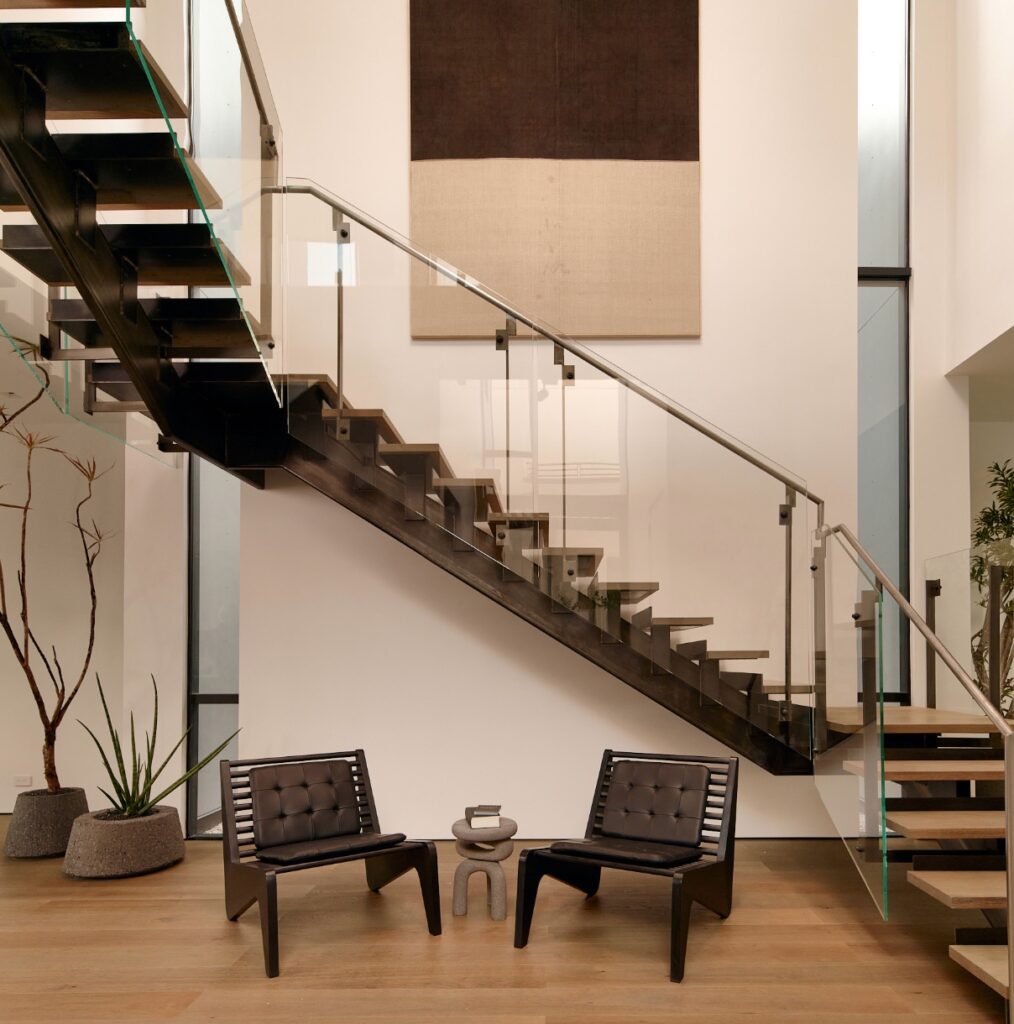
In addition to Atra—his own design and architectural practice—Andersson co-founded the brand Luteca with Amanda and Sebastian Reant. The Luteca collection is certainly allied with the products from Atra, yet offers a distinct take on European Modern design as distilled through Mexico. Some of the pieces are overtly traditional, while others are as sharp and polished as a diamond.
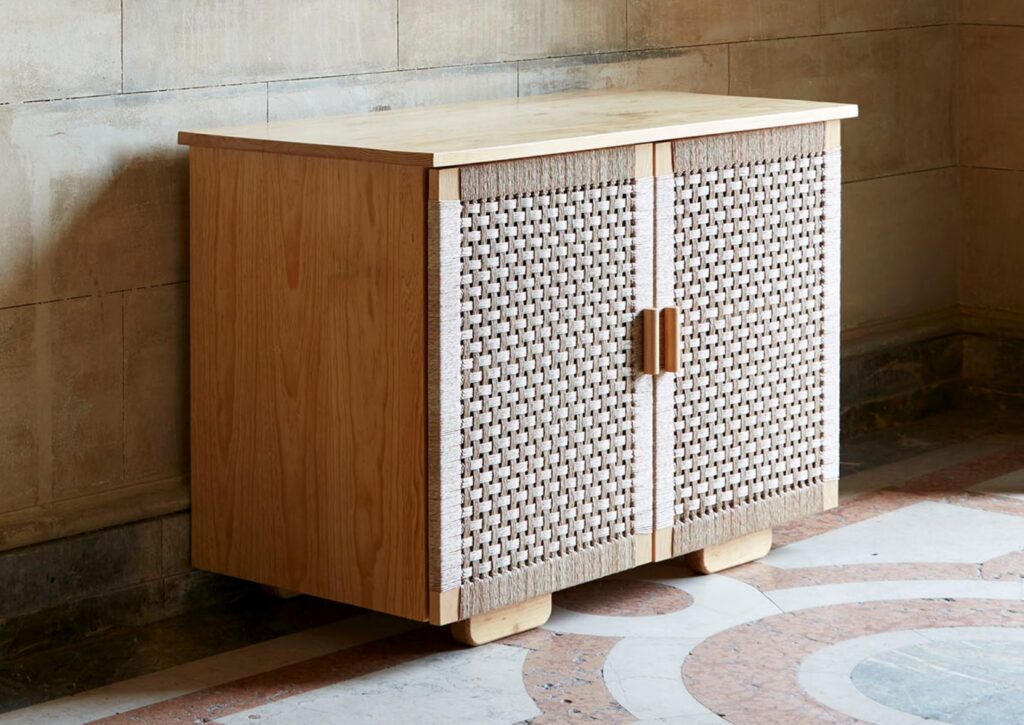
Woven Credenza and Eno Desk
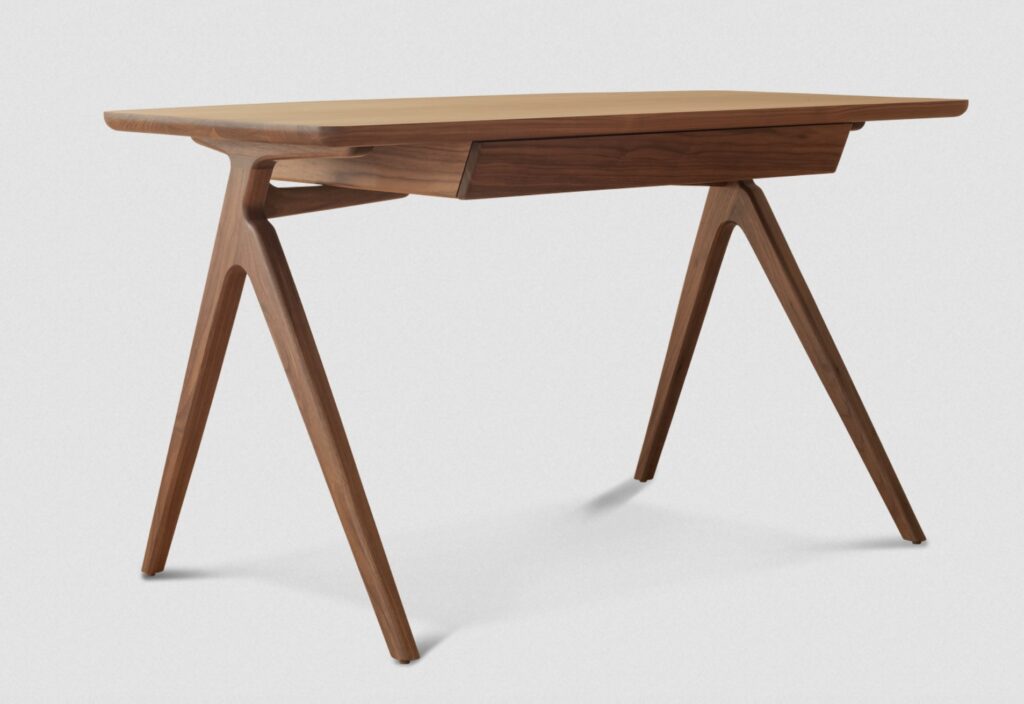
Some parting words from the designer himself: “The team in my studio would say I have a very Scandinavian, rigorous approach in my design process, and a more Mexican liberated mind in my ways of problem solving. But if I have the best of both cultures, who knows, I might also have the worst.”
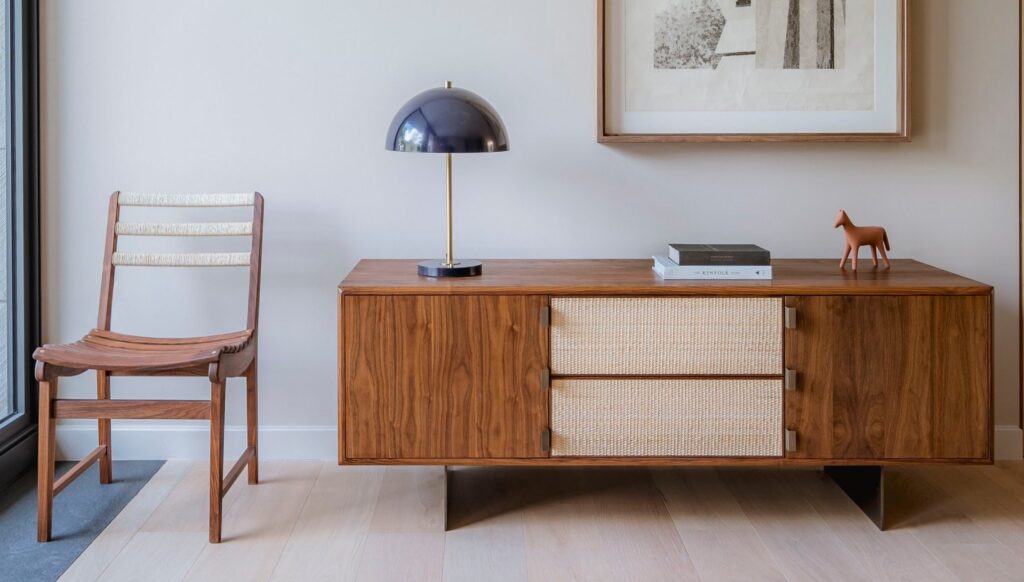
Best. Worst. Either way. Both ways. We’ll take it.
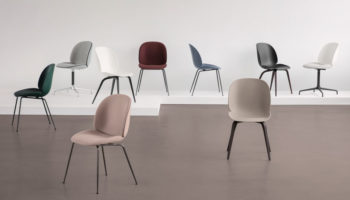

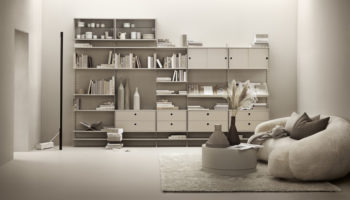

Leave a Reply